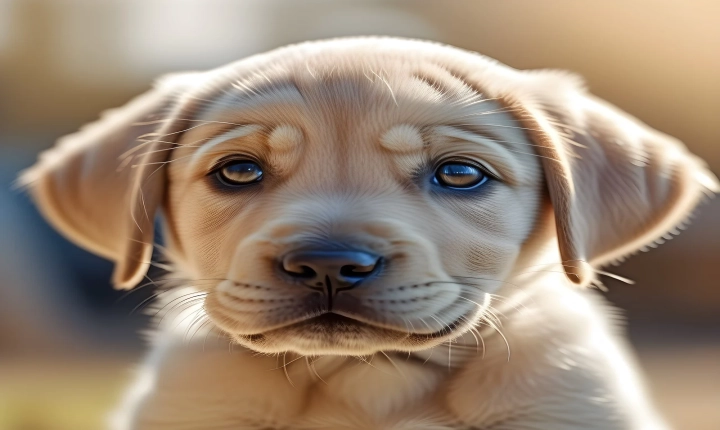Artificial intelligence is revolutionizing the world of art, allowing artists to create innovative and mesmerizing pieces that were previously unimaginable. However, the question of ethical considerations surrounding AI art has become a topic of debate. While AI has the potential to push the boundaries of creativity and expression, there are concerns about its impact on the traditional arts, its role in cultural appropriation, and the question of authorship and originality.
One of the main ethical concerns surrounding AI art is its potential to overshadow traditional artistic practices. With the ability to generate intricate and complex pieces of art in a fraction of the time, AI has the potential to diminish the value of human creativity and craftsmanship. This raises questions about the future of traditional art forms and the livelihood of artists who may find themselves competing with AI-generated art.
Another ethical consideration is the issue of cultural appropriation. AI tools often draw from vast databases of images, styles, and artistic movements. In doing so, there is a risk of appropriating and misrepresenting cultural symbols and styles, potentially perpetuating stereotypes and undermining the cultural integrity of the source material. This has raised concerns about the responsible use of AI in art to ensure that it respects and represents diverse cultural perspectives in a sensitive and authentic manner.
The question of authorship and originality is also a significant ethical dilemma in AI art. With AI algorithms capable of generating art autonomously, questions arise about the attribution of creative works and the rights of AI-generated art. Who should be credited as the creator of an AI-generated artwork? Does the AI system itself hold any rights to its creations? These questions challenge our traditional understanding of art, copyright, and intellectual property, prompting the need for a reevaluation of legal and ethical frameworks in the art world.
Despite these ethical challenges, AI art also offers immense potential for innovation and collaboration. It can enable artists to explore new creative avenues and push the boundaries of artistic expression. AI tools can be used to augment and enhance the capabilities of human artists, leading to new forms of artistic collaboration and expression that were previously unattainable. Additionally, AI art has the potential to democratize the creative process, allowing a wider range of individuals to engage in artistic expression and exploration.
In addressing the ethical considerations of AI art, it is crucial to establish guidelines and best practices that promote responsible and ethical use of AI tools in the art world. This may involve developing standards for ethical AI art creation, promoting cultural sensitivity and awareness, and reevaluating legal frameworks to address issues of authorship and attribution. Furthermore, fostering dialogue and collaboration between artists, technologists, ethicists, and policymakers can lead to a more comprehensive understanding of the ethical implications of AI in art.
Ultimately, the ethical considerations surrounding AI art highlight the need for a thoughtful and nuanced approach to its development and application in the art world. By addressing these ethical concerns, we can harness the potential of AI to enrich the artistic landscape while upholding the values of creativity, cultural sensitivity, and ethical integrity in the world of art.
